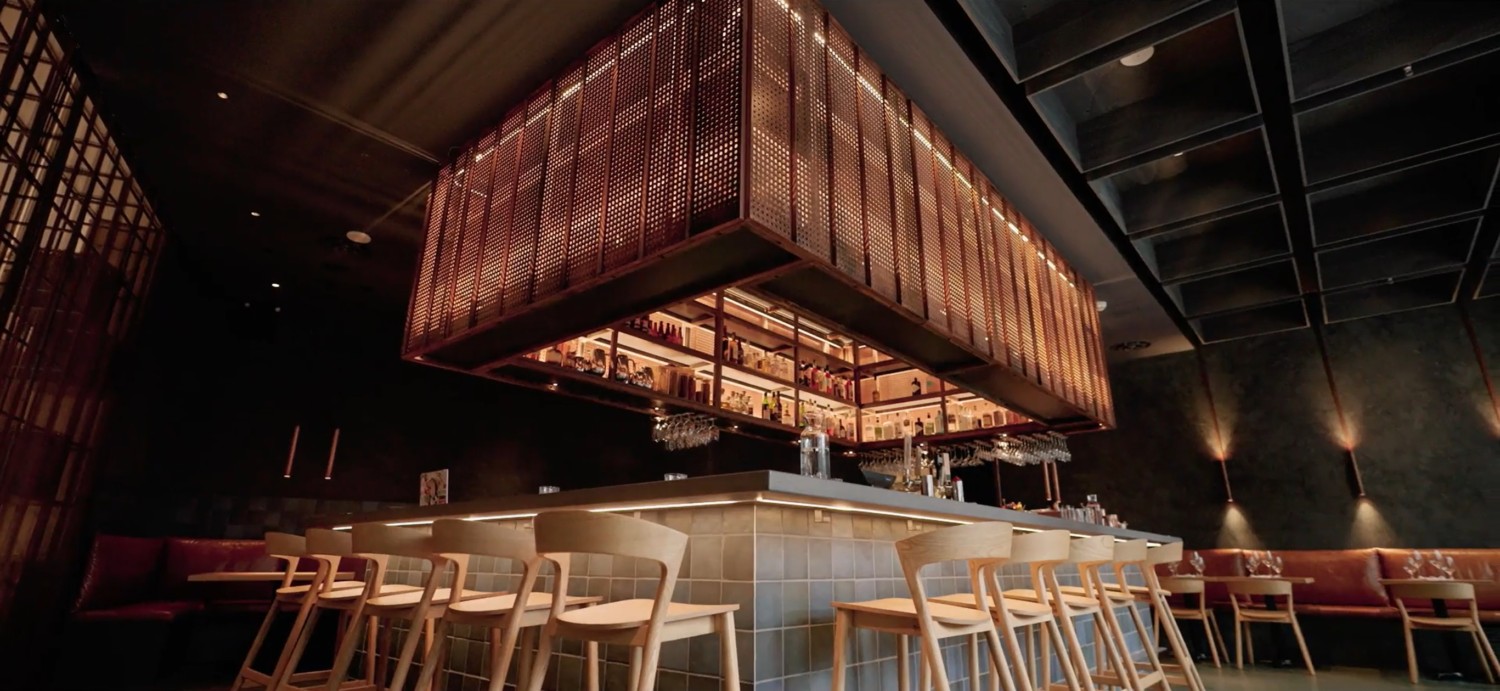The initial action in effective camera installation is to identify vulnerable areas within the store. Such locations typically consist of entry points and exits, cash counters, and sections where high-value products are displayed. By installing surveillance devices in these locations, retailers can monitor customer actions and detect suspicious conduct. Additionally, cameras at entry points can capture images of people coming into and exiting the store, which is essential for identifying possible thieves. This preventive approach helps in reducing loss and ensuring a secure atmosphere.
A further key consideration is the type of camera used in the retail space. Various types of cameras fulfill distinct purposes. For instance, dome-shaped cameras are often used for indoor monitoring because they are more obtrusive and can cover a wide area. Conversely, bullet-style surveillance cameras are best for outdoor application, as they are much conspicuous and can deter criminal activity. Retailers should evaluate their particular needs and choose the suitable surveillance device types to guarantee comprehensive coverage of the store.

In addition to camera types, the position and elevation at which surveillance devices are installed have a crucial part in their effectiveness. Surveillance devices should be set at a level that enables for unobstructed visibility of individuals and actions without being easily manipulated with. A typical suggestion is to mount surveillance devices at least eight to ten ft off the floor. Additionally, cameras should be angled to cover as wide space as possible while avoiding blind spots. This tactical placement guarantees that all zones of the retail space are monitored, providing a complete view of shopper engagements and potential security risks.
Ultimately, it is essential find out for store owners to regularly review and maintain their monitoring equipment. This includes inspecting surveillance device performance, ensuring that recordings are high-quality, and updating software as required. Routine maintenance helps to avoid mechanical problems that could compromise safety. Additionally, store owners should analyze footage periodically to identify trends in shopper behavior and potential safety risks. By staying proactive and mindful to their surveillance systems, store owners can create a safer retail atmosphere and protect their resources effectively.